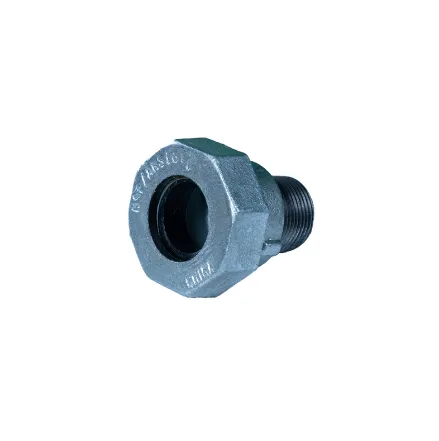Dated on Feb-19-2025


The durability and effectiveness of pipe flanges heavily depend on proper installation and maintenance practices. Engineers and technicians should follow industry-standard protocols to ensure flanges are correctly aligned and secured. Regular inspections should be conducted to check for signs of wear, misalignment, or corrosion. In high-stakes environments, using torque wrenches and ensuring the correct application of gaskets are paramount to prevent leaks. Advancements in Gasket Technology Gaskets play an integral role in providing a secure seal between flange faces. Recent advancements in gasket technology have improved their ability to prevent leaks in high-pressure and high-temperature applications. Materials such as PTFE and graphite have become popular choices due to their resilience and flexibility. These materials withstand various chemical exposures, enhancing the reliability of the flange connections. Compliance and Standards Compliance with international standards such as ASME B16.5 ensures that the pipe flanges meet rigorous quality and safety benchmarks. Such standards guide the dimensions, pressure ratings, and material selection, offering engineers peace of mind that the components utilized will perform as expected under specified conditions. The Future of Pipe Flanges As industries evolve, so too does the technology surrounding pipe flanges. The integration of smart technology and IoT can vastly improve maintenance protocols by offering real-time monitoring and diagnostics of pipe systems. By tracking metrics such as pressure changes and flange integrity actively, systems can predict potential failures before they occur, minimizing downtime and maintenance costs. Ultimately, the 3/4 inch pipe flange serves as a testament to the critical role that small components play in the broader ecosystem of industrial operations. By selecting the appropriate materials, designs, and installation practices, industries can ensure that their piping systems remain secure and efficient through various challenges. The continual improvement in flange technology will undoubtedly continue to underpin innovations in numerous fields, maintaining the essential flow of processes in our modern world.
Post time: Feb-19-2025
Prev:
Next:
Related PRODUCTS









